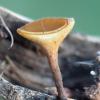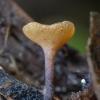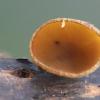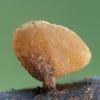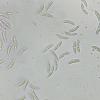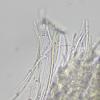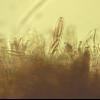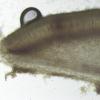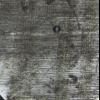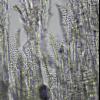
09-12-2025 12:06
 Andgelo Mombert
Andgelo Mombert
Bonjour,Je recherche l'article concernant Hypobryo

07-12-2025 16:07
Arnold BüschlenHallo, ich habe in einer Moos-Aufsammlung (epiphy

08-12-2025 21:04
Mark Stevens"Hello everyone,I'm relatively new to microscopy (

08-12-2025 18:59
 Lothar Krieglsteiner
Lothar Krieglsteiner
.. found by a seminar-participant, I do not know t

08-12-2025 17:37
 Lothar Krieglsteiner
Lothar Krieglsteiner
20.6.25, on branch of Abies infected and thickened

16-03-2014 22:00
Hello,I found this species a few months ago but ha

08-12-2025 13:39
Thomas Læssøehttps://svampe.databasen.org/observations/10572899
Rutstroemia from a Bosnian mountain
Nihad Omerovic,
28-09-2023 22:11
Looking for opinions on this Rutstroemia; I considered R. alnobetulae - spore size, shape and content match, but there's no IKI blue reaction with paraphyses.
Date: 10. 09. 2023.
Habitat/substratum: peat bog fragment around a mountain stream, 1800 m elevation, with Alnus, Salix, Pinus mugo, on a dead twig, possibly from Alnus glutinosa.
Spore size: Me = 26.5 × 6.2 µm ; Qe = 4.3 (some over 28 µm)
Asci: around 170 µm, croziers +
Could not make proper section - ascoma was gelatinous and then kind of squishy.
Last picture is twig section.
Hans-Otto Baral,
29-09-2023 09:50

Re : Rutstroemia from a Bosnian mountain
Alnus is the only possible genus among the three trees you mentioned. You can verify it by a radial section by looking for the ladder-like perforations.
Spores etc. fit that species. I am not sure how constant this reaction of the VBs is. The VBs look correct. Also I am not sure if this reaction works on herbarium material.
Hans-Otto Baral,
30-09-2023 20:33

Re : Rutstroemia from a Bosnian mountain
Sorry I failed to say that you must hit the vessels. The rows of larger cells in your cross section show such ladders in radial section. Vessels are often very abundant but here they are more scattered. Bad luck!
Nihad Omerovic,
01-10-2023 19:08
Hans-Otto Baral,
01-10-2023 20:36

Re : Rutstroemia from a Bosnian mountain
Yes it is, very good. So it is clearly a Betulaceae and only Betula comes in consideration besides Alnus.

